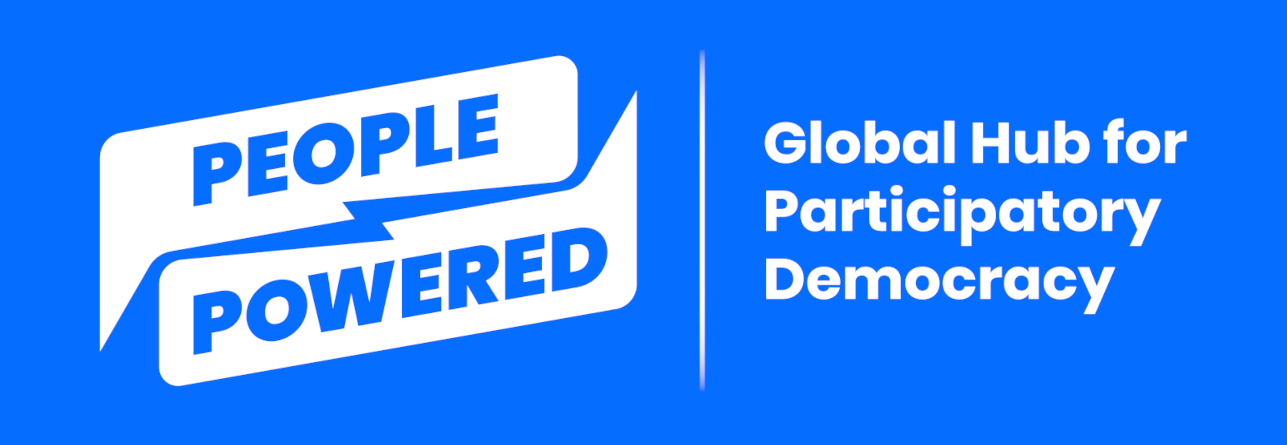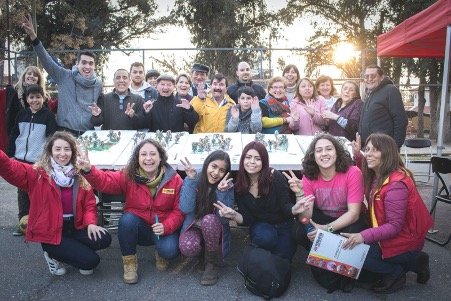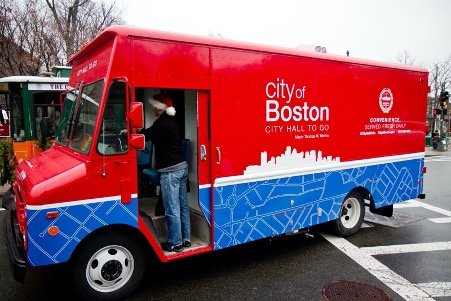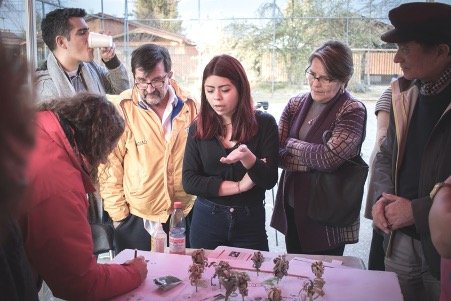Outreach and Engagement Methods Idea Bank
/Outreach and Engagement Methods Idea Bank
Offline outreach
Take a design-thinking approach before deciding on a strategy. Talk to potential participants about good ways to reach them.
Reach out to community media, like local radio stations and print journalists.
Contact editors of community newsletters.
Set up a table at local events and fresh markets.
Request support from your peers/colleagues in other departments or institutions. Make it easy for them to promote your platform by developing shareable materials and sample language.
Reach out to community and civil society groups to activate their members:
School boards.
Houses of worship.
Workplaces.
Unions.
Sports clubs.
Youth groups.
Cultural and arts groups.
Reach out to communities related to the subject for which you're seeking participation (you can look for interest groups at universities and on social media, for example).
Recruit local businesses, like cafés, to act as physical entry points to the process. They can provide the caffeinated beverages that fuel community discussions and project meetings.
Canvass door to door in under-represented neighborhoods.
Contact targeted people via their phones with peer-to-peer SMS (text messaging). When recipients reply, you can have a real, two-way text conversation.
Try phone banking. Recruit volunteers to call everyone on your list or in their networks to ensure they know about the project, and help them navigate any technical hurdles.
Copy the model of food trucks. In 2013, the city of Boston noticed the growing popularity of food trucks and set up a "City Hall To Go" truck that parked in historically under-served neighborhoods and provided government services. The program inspired at least two other cities to set up mobile stops.
Erect tents in parks, on plazas, and by other landmarks. Many cities have set up tents in a park to connect people to participation programs. Toronto's city council found this method especially helpful when the COVID pandemic prevented indoor workshops. It set up a tent in a park in the summer to remind people that the participatory budgeting process was underway, and allowed people to vote for projects using the dotmocracy method as an easy way to engage.
Photo by Daniella Rascón for Jamaica Plain Gazette
In Chile, Ciudadanía Inteligente ran participatory workshops in parks, with tents in case of inclement weather. They also provided materials to help residents express themselves and co-design their neighborhood. Photos courtesy Ciudadanía Inteligente.
Organize in-person workshops. Although the pandemic has made in-person gatherings difficult, engaging people face to face is still the best when it's safe. For this reason, you might want to design your workshops explicitly to reach the people least likely to participate via the digital platform.
Run simulations where people can practice participating in a low-stakes setting. For example, mock elections or debates about entertaining topics can teach people how to engage around less intimidating topics.
Enlist teachers/professors to engage their students and, for younger students, caregivers.
Allow residents to call in or text their input, without accessing the web. Examples include Neighborland and telephony tech solutions like Twilio and Africa's Talking.
Place paid ads, including:
Outdoor advertising, such as on public transit and billboards.
Direct mail pieces, which can be customized with local information.
Outdoor advertising for Democracy Seoul on the subway, bus stops, and electronic billboards.
Digital outreach
Imagine Mesa, hosted on Neighborland, created a short video to promote its idea-collecting campaign.
Create digital graphics, sample posts, etc. that you can ask others to share, like a promotional video explaining your program and how to join the digital participation platform.
Reach out to local social media influencers, like owners of Instagram accounts focused on photography in your city.
Identify local chat groups and neighborhood listservs.
Take advantage of workplace and profession-related conversation platforms (like Slack, Microsoft Teams, and Discord).
Find out if you can promote your program on:
Your institution's website and social media accounts.
The city hall website and social media accounts.
Supporting foundations' websites and social media accounts.
The website/social media accounts of any other supporters (such as the mayor).
Digital-participation readiness checklist
When COVID eliminated the possibility of in-person gatherings, many of the institutional clients of Particitiz asked it to expand its services to include online deliberation.
To transition to digital deliberation without losing its rich diversity of participants, the company created a team focused on inclusion and on-boarding. This team is tasked with reaching out to every participant ahead of digital convenings to boost awareness and assist with any technical needs. Its outreach checklist is shared below in case it is helpful to others.
One week ahead of convening
Do you have the appropriate computer or tablets to join us on DATE? (web camera, microphone, etc.)
-If yes: Great.-If no: We can provide a tablet for the length of the deliberative process.
Do you know and have you ever used the DIGITAL TOOL(s) we will be using next week?
-If yes: Great.
-If no: Do you have time now to review the tool(s) with us, or shall we organize a 20-minute meeting to help onboard you onto the platform?
Do you have any other needs that can help you join us?
Day of the convening
The inclusion and onboarding team is present to help participants as needed. This has the added bonus of enabling the program's moderators and facilitators to stay focused on their roles.
Resources developed by others
The e-Participation canvas, by CitizenLab, is a useful resource that's easily adaptable by others:
"Citizen participation projects can be complex to organise. They imply multiple deadlines, require collaboration between different stakeholders, and need to have clearly defined goals. Our participation experts have designed this e-participation canvas as a framework for internal use, aimed at cities and governments launching citizen participation platforms. Fill out this one-pager to clearly set your goals, agree on deadlines and attribute tasks to each stakeholder.
How to run a citizen workshop: Citizen Participation Platform Demos X Operation Guide (pg. 96) offers highly detailed instructions on best practices for engaging people in person.
Fundacja Pole Dialogu: User experience audit of a digital participation platform
R.H. Fuller: Digital Democracy Report (Solonian Democracy Institute, 2021).
It’s a very useful second edition report on the field of digital participation platforms, although it doesn't cover several of the most popular and open source platforms. The Solonian Democracy Institute's emphasis on individual platform profiles and attention to cybersecurity are particularly noteworthy.
Matt Stempeck, 2020: A two-part investigation into digital participation platforms, with an emphasis on their ability to demand accountability from governments and institutions, published on Civicist.








